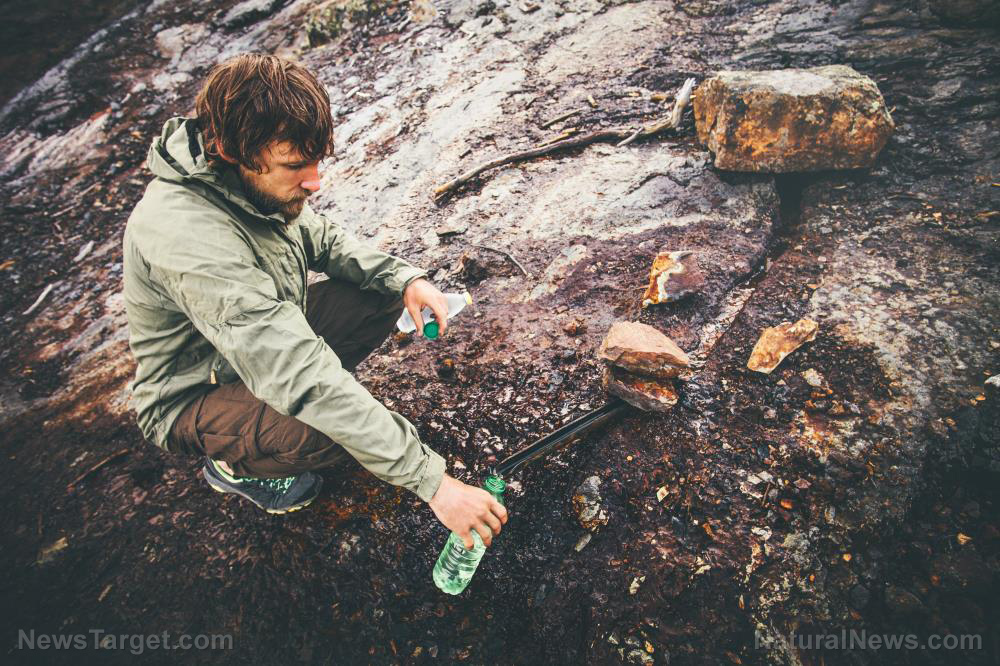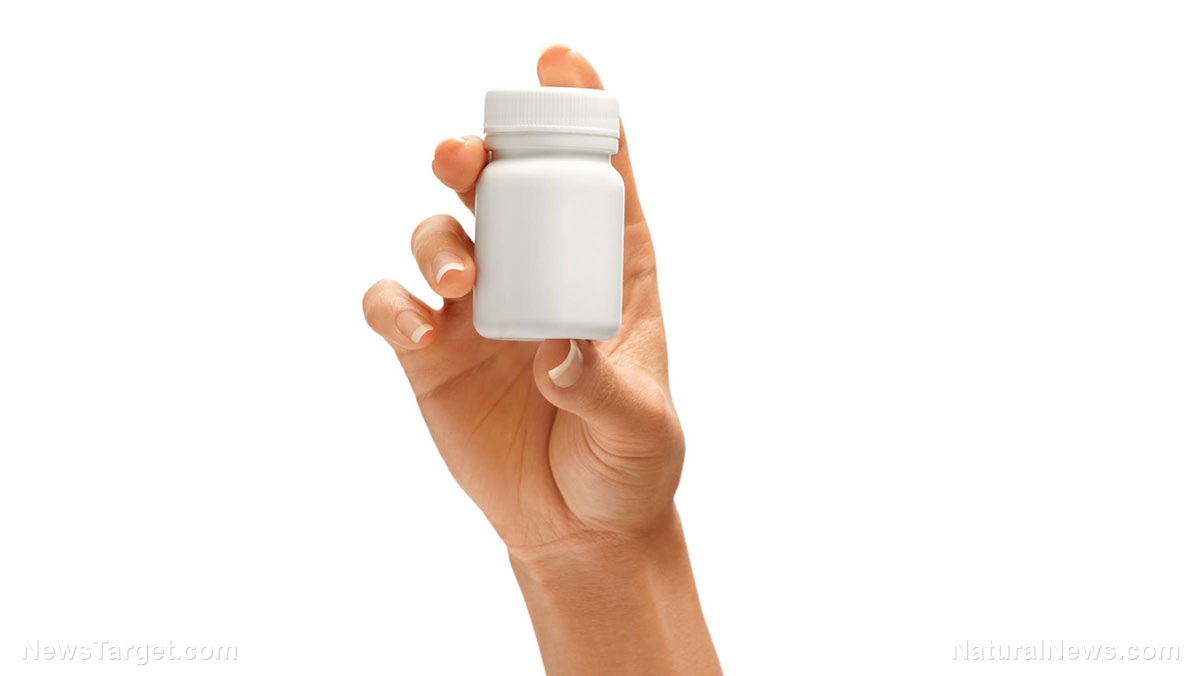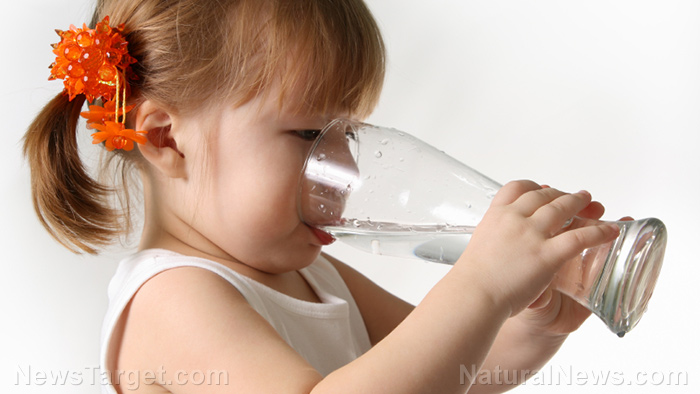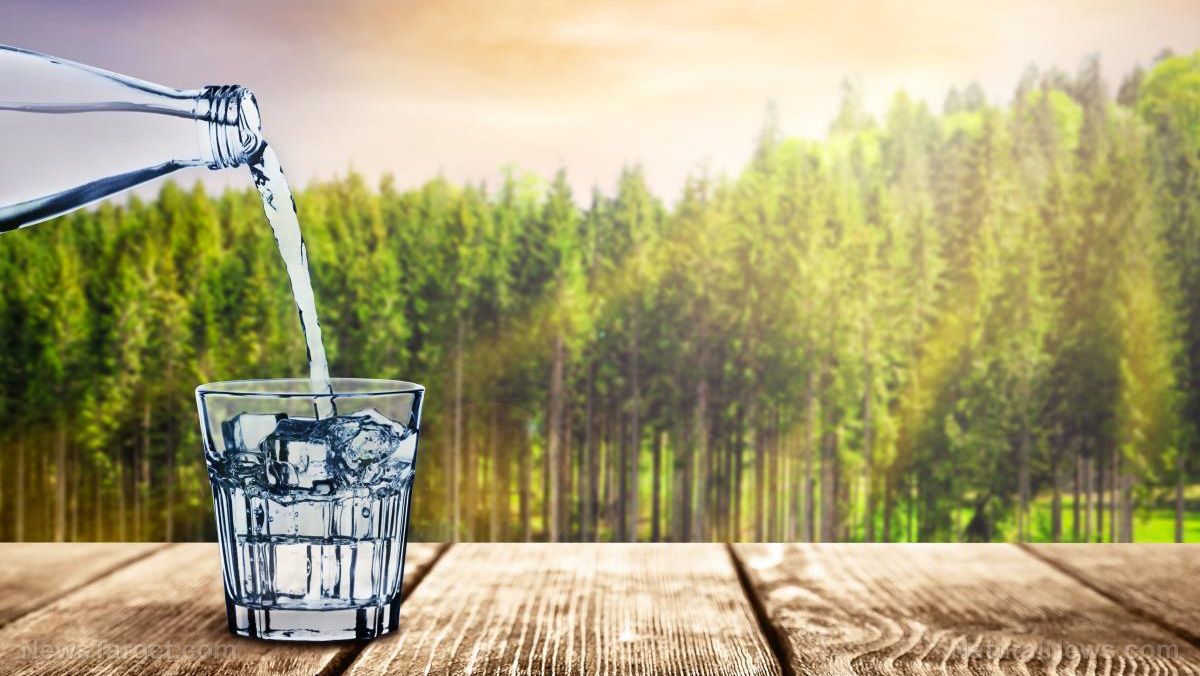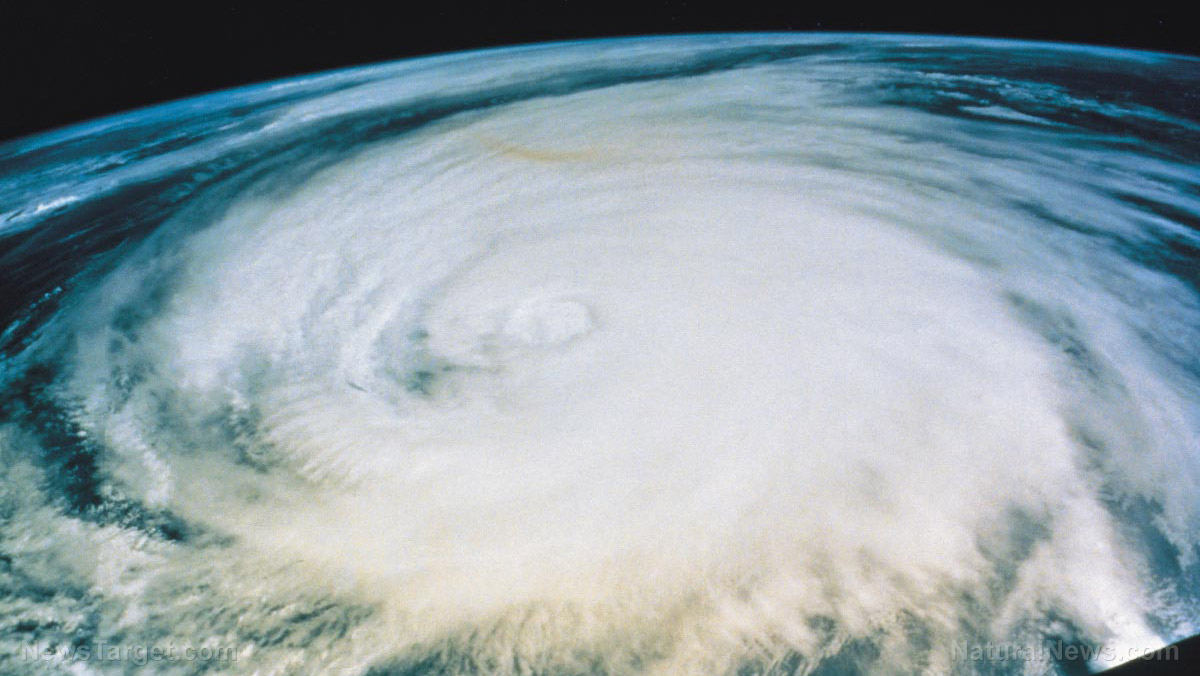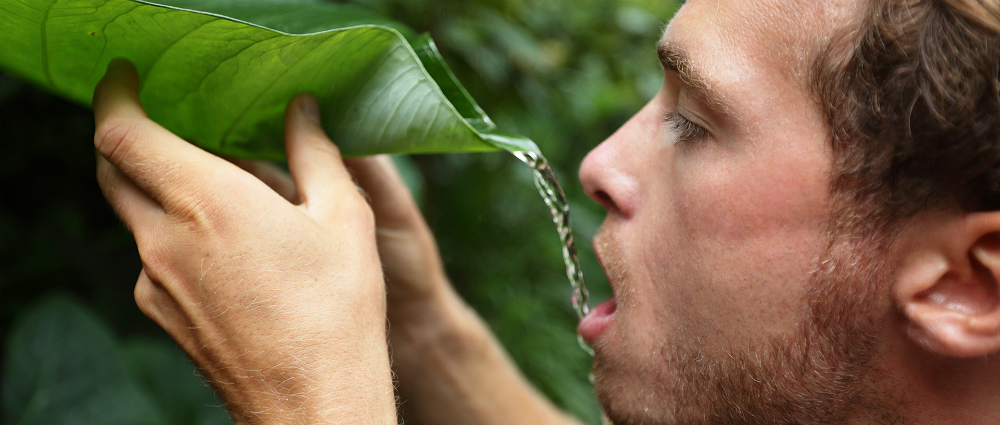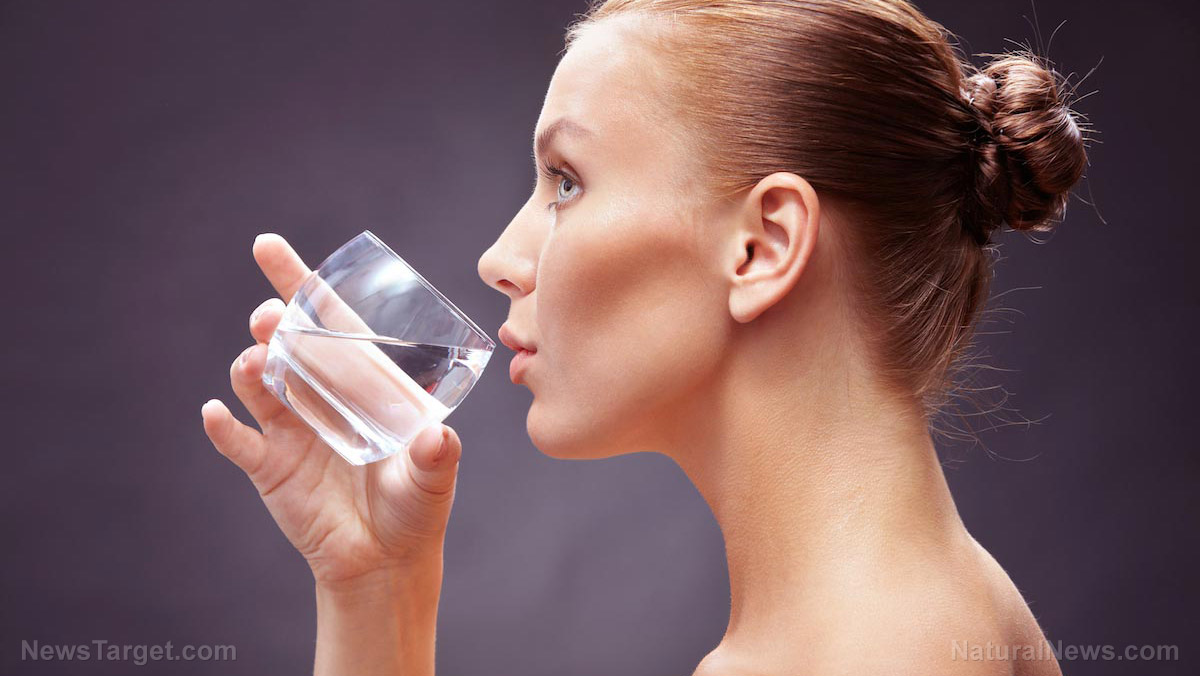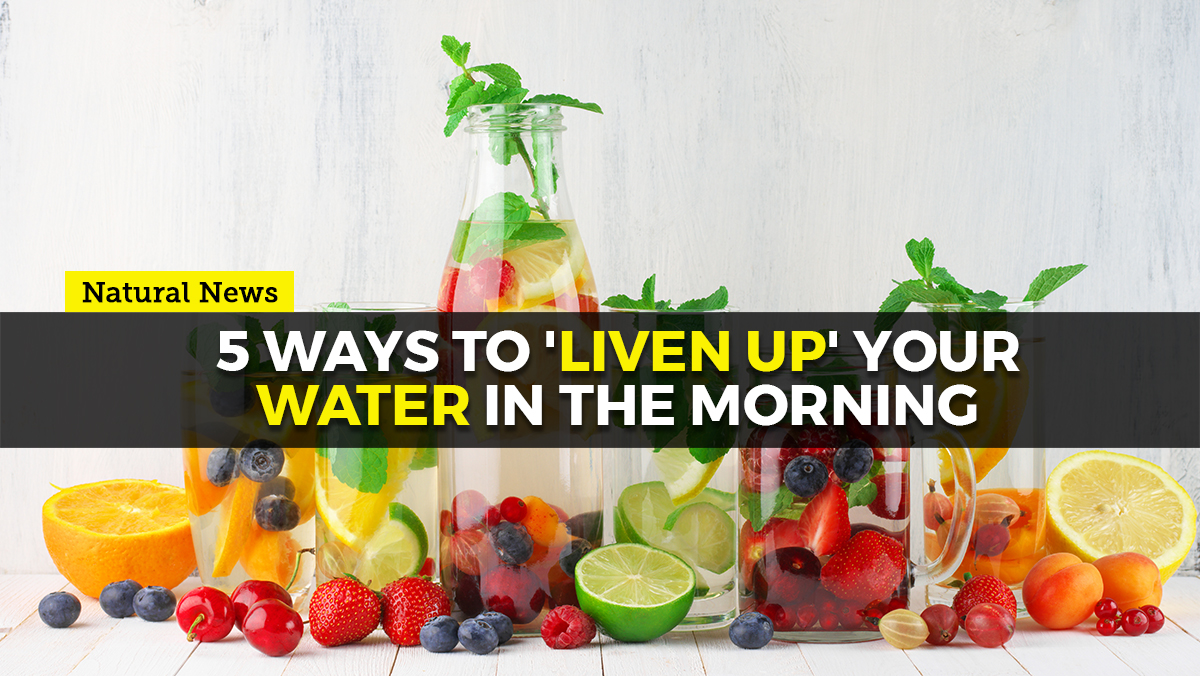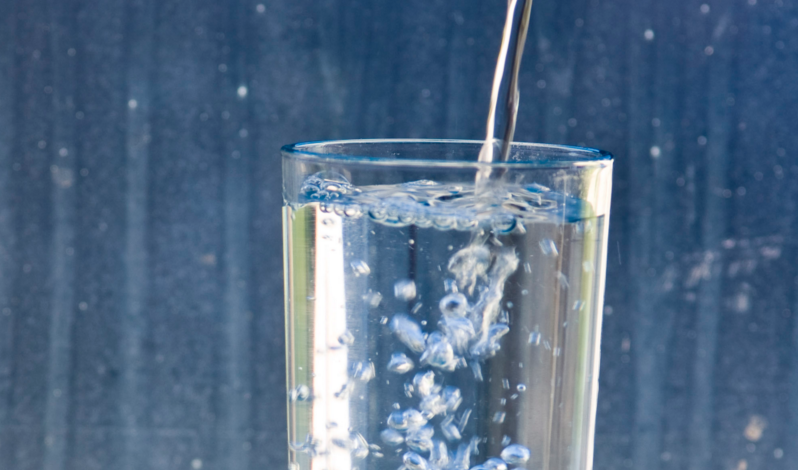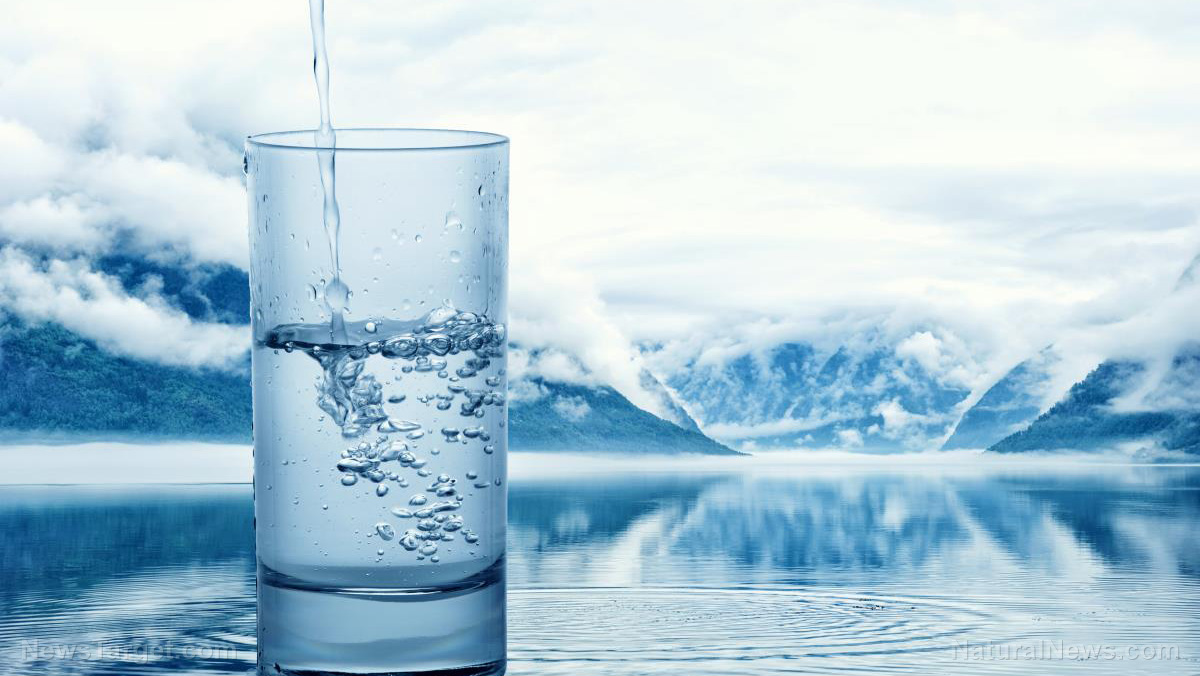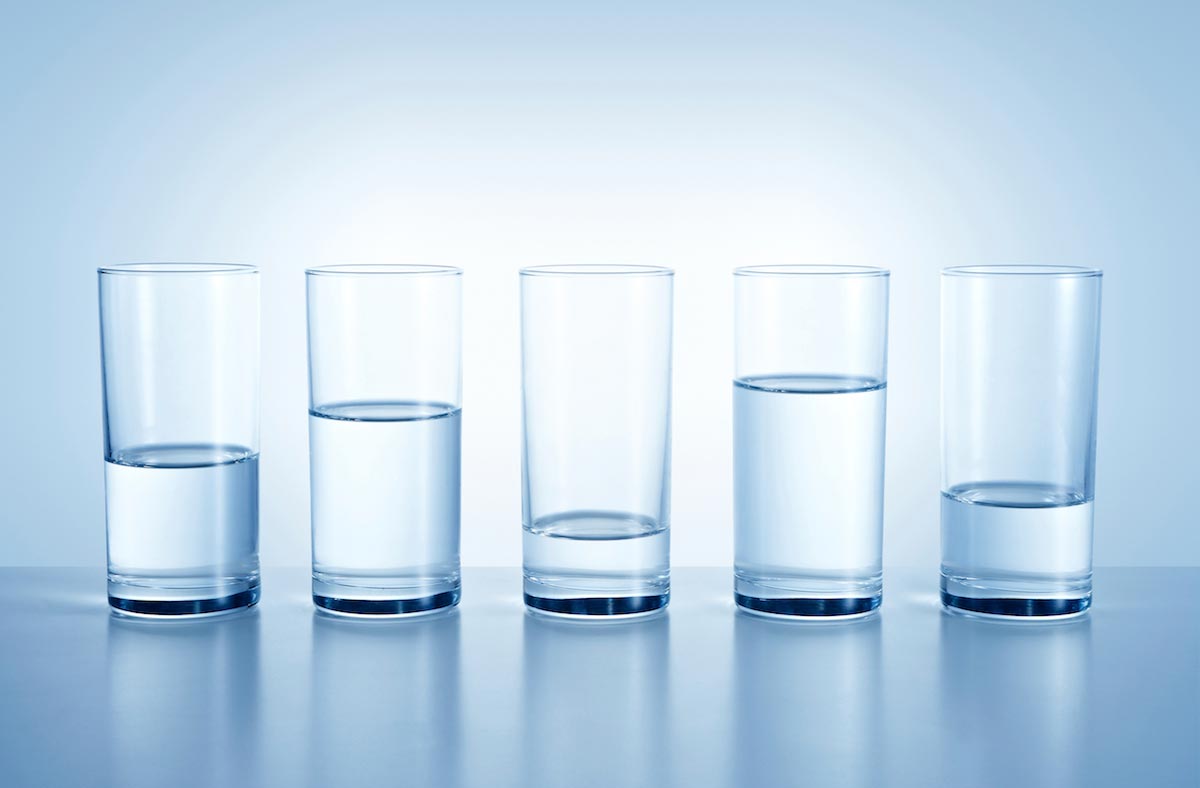Chemists create simple, natural method for breaking down water pollution
03/21/2018 / By Michelle Simmons

A study published in the international journal Angewandte Chemie has discovered a simple, natural method for breaking down pollutants in water.
- A team of researchers from Martin Luther University Halle-Wittenberg (MLU) developed a new process on how to easily and cost-effectively disintegrate stubborn pollutants in water.
- The method developed by the research team involved using a green LED light, a catalyst, and vitamin C.
- This method enabled them to produce special types of electrons that reliably destroy the pollutants in the water.
- They conducted the study in order to develop cheaper but effective method to break down water pollution, as expensive and complex high-power lasers are still being used to make these types of electrons.
- Photochemistry scientists continue to search for ways on how to use light to initiate chemical reactions.
- The team used the idea that light penetrates a molecule and stimulates a reaction there.
- “Hydrated electrons” are released by the light energy from their molecular compound in vitamin C and then exist freely in the water. They are highly reactive and can help break down pollutants without leaving any harmful residues.
- The research team tested the new method on chloroacetic acid, which is a highly toxic and very stable substance.
- Results showed that their system was able to destroy the compound into its harmless components.
- In addition, their cost-effective method could generate just as many electrons as a high-power laser.
- The developed approach is effective for decomposing harmful chlorides or fluorides as well as many other photochemical reactions that are hard to initiate through other methods.
In summary, the findings of the study indicated that the approach developed by MLU scientists is simple and cost-effective.
Journal Reference:
Naumann R, Lehmann F, Goez M. GENERATING HYDRATED ELECTRONS FOR CHEMICAL SYNTHESES BY USING A GREEN LIGHT-EMITTING DIODE (LED). Angewandte Chemie International Edition. 5 December 2017;57(4):1078–1081. DOI: 10.1002/anie.201711692
Tagged Under: chemicals, chlorides, chloroacetic acid, electrons, fluorides, hydrated electrons, LED light, light, light energy, photochemistry, toxic chemicals, vitamin C, water, water pollutants


